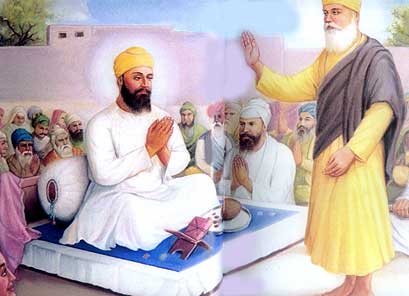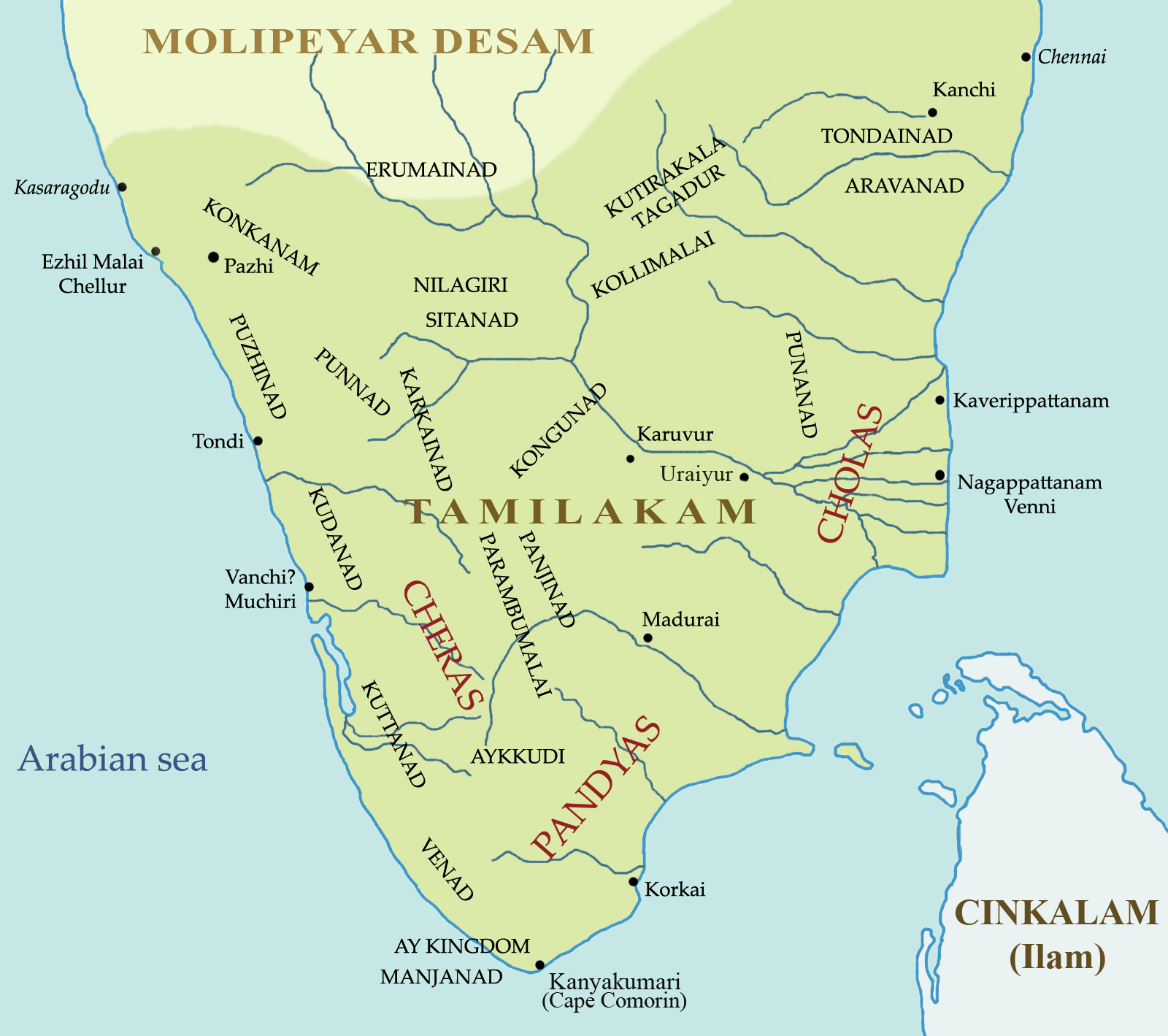The last five weeks have been
on the five books (Pentateuch) of Moses called the Torah in Hebrew. From this week onwards, I take up the next eight
books of the Hebrew Bible, grouped together as Neviim or Prophets. If the word for prophet in Arabic is Nabi (نبي), it is Navi (נְבִיא) in ancient Jewish. This reminds me of how Bengalis
pronounce or spell many words with letter “b”
replacing “v”. Govinda is pronounced
Gobinda, Vipul as Bipul, Kaveri as Kaberi and so forth.
The
Book of Joshua (Hebrew: יְהוֹשֻׁעַ -
Yehoshua; Tamil: யோசுவா), the first of the eight Books of Naviim, has 658 verses in 24 chapters. Though this Book in the Bible is all
about Joshua and his conquests towards securing the promised land, he has been
introduced many times in the Torah. Exodus has at least seven verses, Numbers
12 verses and in Deuteronomy nine verses have his name. Overall his name
appears in about 203 verses in the Bible, but bulk of it (73.4%) occurs in the
book of Joshua. Joshua, the son of Nun,
is introduced in the Torah as the servant of Moses (Exodus 24:13, 33:11),
the as a spy (Numbers 13:16) and in the end as a successor to Moses (Numbers 27:15). In the book of Joshua, he
takes full charge leading the Israelites in the battlefront.
The Five Books of
Moses (Torah)
|
The Eight Books of
the Prophets (Neviim)
|
The Eleven Books of
the Writings (Kesuvim)
|
1.
Genesis
|
6. Joshua
|
14. Psalms
|
2.
Exodus
|
7.
Judges
|
15. Proverbs
|
3.
Leviticus
|
8.
Samuel
|
16. Job
|
4.
Numbers
|
9.
Kings
|
17. Song of Songs
|
5.
Deuteronomy
|
10. Isaiah
|
18. Ruth
|
11. Jeremiah
|
19. Lamentations
|
|
12. Ezekiel
|
20. Ecclesiastes
|
|
13. The Twelve
(minor prophets) Trei-Assar (1. Hosea, 2. Joel, 3.
Amos, 4. Obadiah, 5. Jonah, 6. Micah, 7. Nahum, 8. Habakkuk, 9. Zephaniah,
10. Haggai, 11. Zechariah and 12. Malachi)
|
21. Esther
|
|
22. Daniel
|
||
23. Ezra/Nehemia
|
||
24. Chronicles
|
||
(1) Conquest and subjugation
The book of Joshua contains details
of how Jews under their covenant with their Lord Yehweh conquered Canaan. The
land might have been promised to the Jews by Jehovah but the way they were led
by Moses and Joshua for acquiring the same was at the expense of the life of
many tribes. It dominated by conquest of lands after lands through bloody
battles and the division of the conquered land among the 12 tribes. Basically
all these were achieved through divine help (Joshua, 8:8). Thousands were
slaughtered in the name of divine promise and every town was set on fire. These
two verses tell us all the story: “And they utterly destroyed everything in
the city, both man and woman, young and old, and ox and sheep and donkey, with
the edge of the sword” (Joshua
6:21). “And they burned the city with fire and all
that was in it” (6:24).
Like how the Torah
encompasses the prophetic utterances of Moses, the Qur’an contains the details
of prophet Muhammad’s ministry. Their areas of operations and target audience
might have been different, yet their modus operandi was by and large the same. Though
both religious leaders promoted conquest of the land and subjugation of people
in the name of God, they differed in one significant detail. While Moses and
Joshua demolished the tribes after such invasions (Numbers, 33:52; Joshua, 10:37),
Muhammad allowed them to coexist with the invaders but only if they submit and
agree to certain conditions (Qur’an, 9:29). It is like the two options
available for a wild animal left stranded after its habitat has been destroyed:
either kill or confine the animal to captivity. While the Jews did the former,
the Muslims did the latter. According to Ann E. Killebrew (2005), "Most scholars today accept that the majority
of the conquest narratives in the book of Joshua are devoid of historical
reality". However, Islamic conquests are all recorded in history, both
which happened during the time of the prophet and soon after his death by his
Caliphates, beginning with the conquest of Persia.
(2) Moses, the
architect and Joshua, the successor
After the death of Moses the servant of the LORD,
the LORD said to Joshua son of Nun, Moses’ aide:
the LORD said to Joshua son of Nun, Moses’ aide:
“Moses my servant is dead. Now then, you and all these
people,
get
ready to cross the Jordan River
into the land I am about to give to them - to the Israelites.”
into the land I am about to give to them - to the Israelites.”
(Joshua, 1:1-2)
For any long mission to
succeed, the one who initiates it will often look forward to the appointment of
an able successor to complete the unfinished task. “Leave no task incomplete for the world gives up those who give up” says the Tamil moralist Valluvar (வினைக்கண் வினைகெடல் ஓம்பல் வினைக்குறை தீர்ந்தாரின் தீர்ந்தன்று உலகு, Kural 612). In
many religious traditions, the founders played only the limited but important
part of defining the foundations of their faith, but it was their followers who
realized their founders’ vision of making their faith a global religion. We
take here Sikhism, Islam and Judaism as examples. One of the most important
things Guru Nanak did before his death was the appointment of a successor to
carryout out his ministry. The appointment Guru Angad as the second Guru is
considered an important event that led to the subsequent formation of a new
faith called Sikhism. So also the appointment of Joshua as the successor of
Moses regarded as an important event in the history of Judaism (Joshua 1:1-3).
 |
| Joshua being anointed by Moses before entering Canaan |
 |
| Guru Nanak appoints Guru Angad as his successor |
(3) Biblical Israel
and the Sangam Tamil Land
Section 2 in my write up on “Numbers” was on
“Milk and Honey” (பாலும் தேனும்), I mentioned about the promised land the Jews were
promised by their Lord. The march towards this promised land of milk and honey
continues in the sixth book of the Bible as well, once Joshua takes over from
Moses. What was the extent and boundaries of this promised land called Canaan?
This is indicated in several places in the Bible and the one from the Book of
Joshua reminds me of the boundaries of the ancient Thamizhagam (தமிழகம்) given in Puranānūru:
Canaan
|
Thamizhagam
|
From
the wilderness and this Lebanon as far as the great river, the river
Euphrates, all the land of the Hittites to the Great Sea toward the going
down of the sun shall be your territory.
(Joshua 1:4) |
From Cape Kumari in the south,
From the great mountains in the
north,
From the oceans on the east and
On the west, the hills, the
mountains, the woods,
And the fields in unison utter their
praise of you!
(Purananuru, 17)
|
பாலைநிலத்திலிருந்து இந்த லெபனோன் வரையிலும்,
யூப்பிரத்தீசு பேராறு தொடங்கி
இத்தியர் நாடு முழுவதுமாகக்
கதிரவன் மறையும்
பெருங்கடல் வரையிலும்
உங்கள் நிலமாக இருக்கும்.
|
தென் குமரி, வட பெருங்கல்,
குண குட கடலா வெல்லை,
குன்று, மலை, காடு, நாடு
ஒன்று பட்டு வழி மொழிய
(Kurunkōzhiyūr kizhār in Purananuru 17)
(பனம்பாரனார் says in his
special proem to Tholkāppiyam: “வடவேங்கடம் தென்குமரி ஆயிடைத்
தமிழ்கூறு நல்லுலகத்து” (தொல்காப்பியம், சிறப்புப்பாயிரம்:1-3)
|
If the promised land of the Jews was called Canaan (Hebrew:
כנען = knan), the ancient land of Tamils was
called Thamizhagam (Tamil: தமிழகம்). The word
Canaan and Canaanites occur about 160 times in the Bible (Killebrew, 2005) and
the word Thamizhakam occurs in many ancient literary works in Tamil (வையக வரைப்பில் தமிழகம் கேட்ப, புறநானூறு, 168:18; இமிழ் கடல் வேலித் தமிழகம் விளங்க, பதிற்றுப்பத்து, இரண்டாம் பத்து, பதிகம்: 5; இமிழ் கடல் வரைப்பில் தமிழகம் அறிய, சிலப்பதிகாரம், அரங்கேற்றுகாதை: 38; சம்புத் தீவினுள் தமிழக மருங்கில், மணிமேகலை, 17: 62).
If the promised Jewish land
was described in terms of the territory from the Red Sea to the Sea of the
Philistines (Exodus, 23:31), that of the ancient Tamil Land was also described
as the land between two seas (Cilappathikāram, வேனிற்காதை:1-2), now called the Arabian sea
and Bay of Bengal. The northern and southern boundaries of the Jewish Land are
notified in the Bible by the naming of two rivers, namely the Euphrates and in
the south river of Egypt (Genesis, 15:18). The river of Egypt is not the Nile
but the Wadi al-Arish (*,
*).
Ancient
Tamil soil included not only the present state of Tamil Nadu, but also fringe
areas of Andhra Pradesh and Karnataka bordering Tamil Nadu in the north. This
included Tiruppati hills (called as Venkatam hills during Sangam) and Mysore in
Karnataka (Kanakasabhai, 1904). This inverted triangular territory with
Cape Comorin as the apex would include as well present-day Kerala, and the
outer fringes of Karnataka and Andhradesa (Thani-Nayagam, 1997). Ptolomy and
the author of Periplus called this ancient Tamilagam as Limirike (Kanakasabhai,
1904; Krishnamurthy, 2007).
The people who lived to the north of Venkata hills
were called “Vadugars” (Natrinai, 212; Kurunthogai, 11) and the land immediate
to the north of the Ghats was called the “Buffalo land” (எருமை நாடு) or in Sanskrit Mahisha Mandalam
(Kanakasabhai, 1904). The word “mahisham” in Sānskrit means ‘baffalo’. In Hindu
mythology, Mahishasura (buffalo
demon) was slayed by goddess Chamundishwari (*). The word Mysore is therefore a corrupted version of
"Mysooru", which is derived from the word "mahishur" or
"Mahishasurana Ooru", which means the town of Mahishasura in Kannada,
the local language (*). Therefore when the
word “எருமைநாடு” in Tamil literature meant Mysore (*). In fact Mysore
has a statue of Mahishasura located near the Chamundeshwari Temple atop the
Chamundi Hills as a symbol of this mythology.
As we understand from the
Bible, Yahweh brings Israelites into this Promised Land after 40 years of
struggle in the wilderness after their exodus from Egypt. The Qur’an also
affirms this forty years of wandering through this verse from Sura 5:26: “(Allah)
said, "Then
indeed, it is forbidden to them for forty years [in which] they will wander
throughout the land. So do not grieve over the defiantly disobedient people." While the ancient Tamil country ‘Thamizhagam’ was ruled by Chera, Chola, Pandyas and other chieftains, that of Canaan was ruled by David,
Solomon, Saul and many others.
References:
·
Thani-Nayagam,
X.S. 1997. Landscape and Poetry.
International Institute of Tamil Studies, Chennai. P. 12
·
Krishnamurthy, K.V.
2007. தமிழரும் தாவவமும். Bharathidasan University. Pages 15-16
·
Kaiser, W.C. Jr.,
1981. The
Promised Land: A Biblical-Historical View. Bibliotheca Sacra 138 (1981) 302-12.
·
Kanakasabhai, V.
1904. Chapter II. Geography of Tamilagam. In: Ancient Education Services. The Tamils
Eighteen Hundred Years Ago. Page 10
·
Killebrew,
A.E. 2005. Biblical peoples and ethnicity: An archeological study of Egyptians,
Canaanites, Philistines and Early Israel. Society
of Biblical literature. Page 96
==========================================================================================
I Home I
Claims
& Criticisms I Purpose
of this site I What is
new here? I Forthcoming
topics I
I Comparative Religion I Gospel of Vivekananda I
I Kural in 30 languages I Mathematical mircale in Kural I Introduction to the Kural I Kural and Worldly Wisdom I
I Comparative Religion I Gospel of Vivekananda I
I Kural in 30 languages I Mathematical mircale in Kural I Introduction to the Kural I Kural and Worldly Wisdom I
==========================================================================================




No comments:
Post a Comment